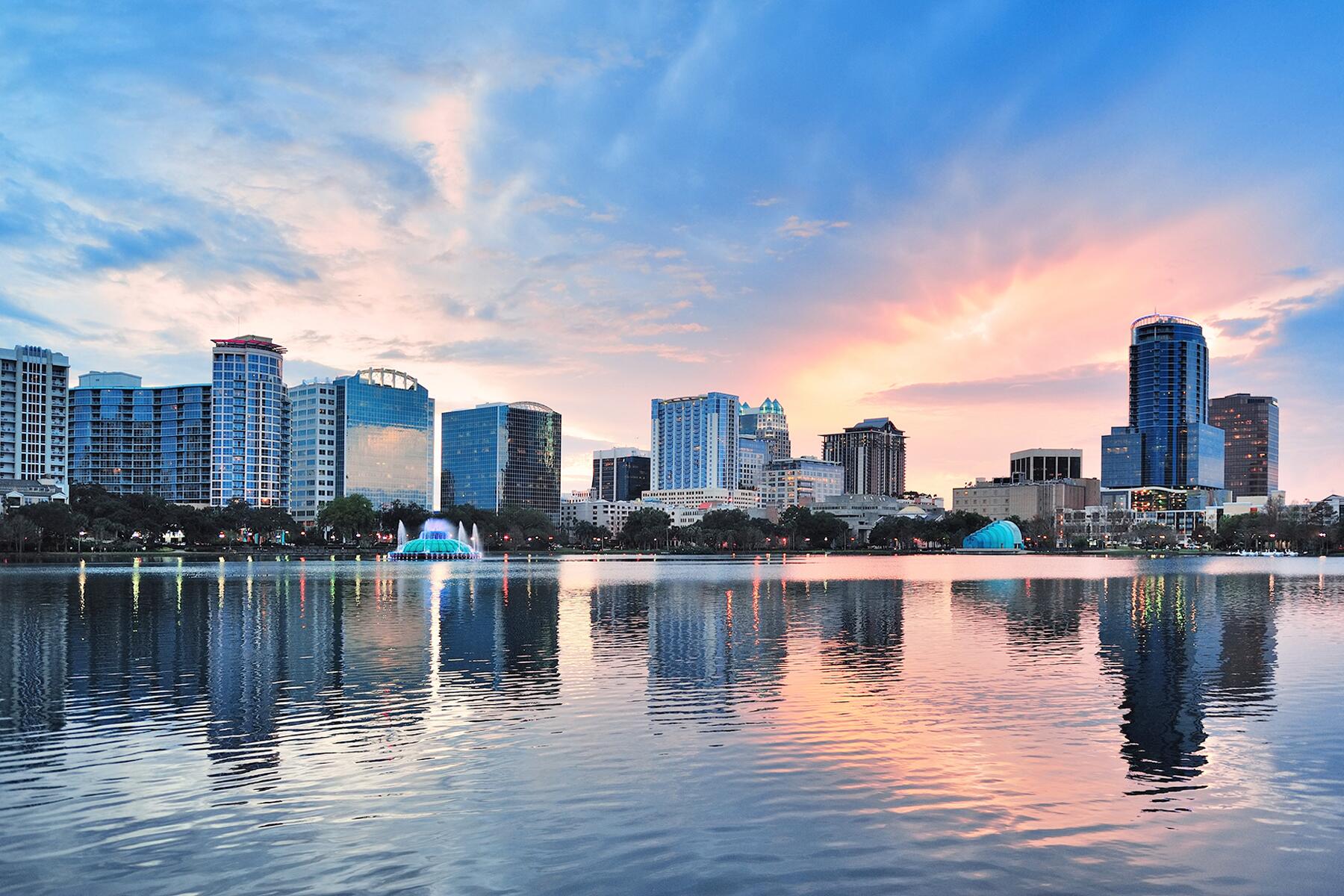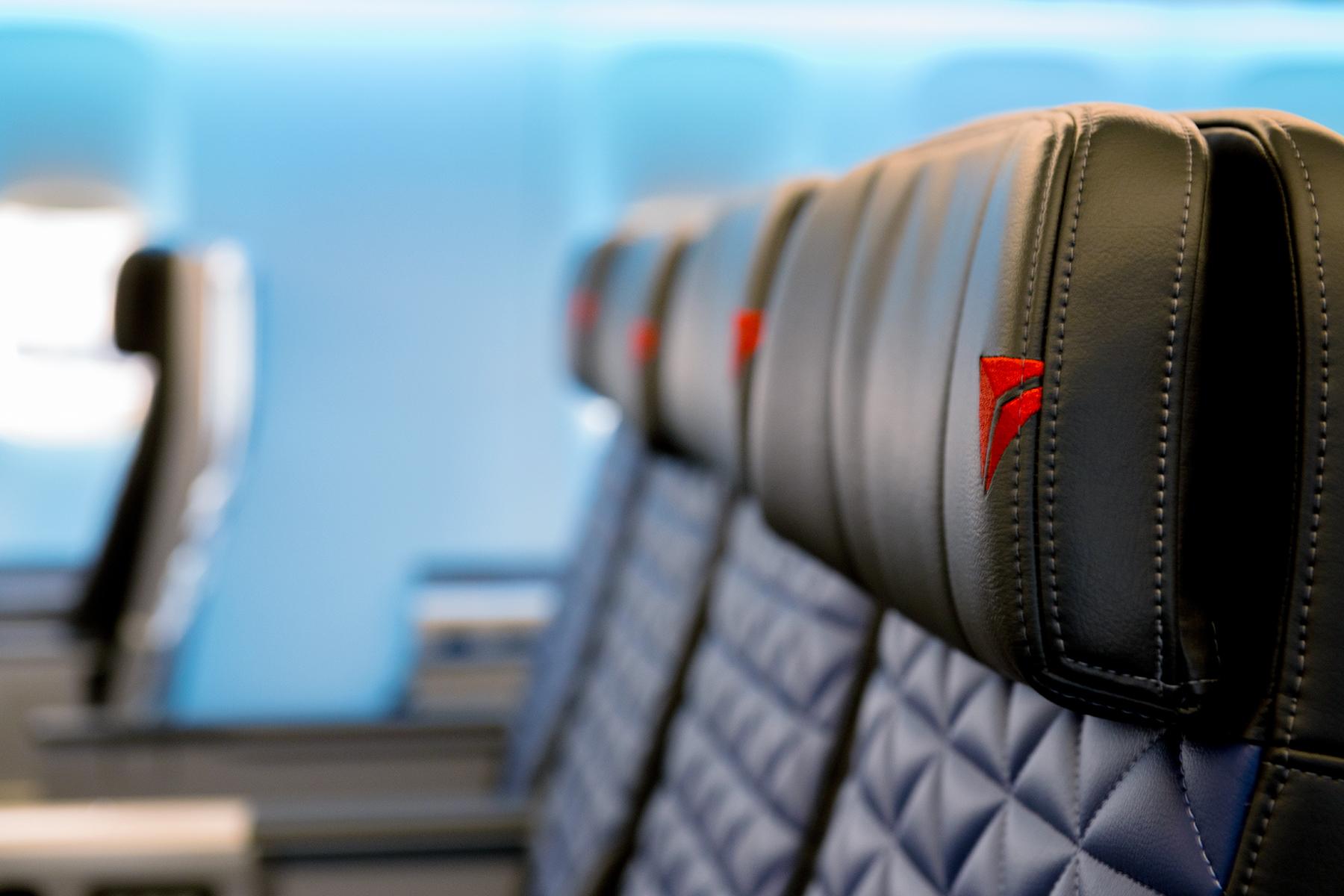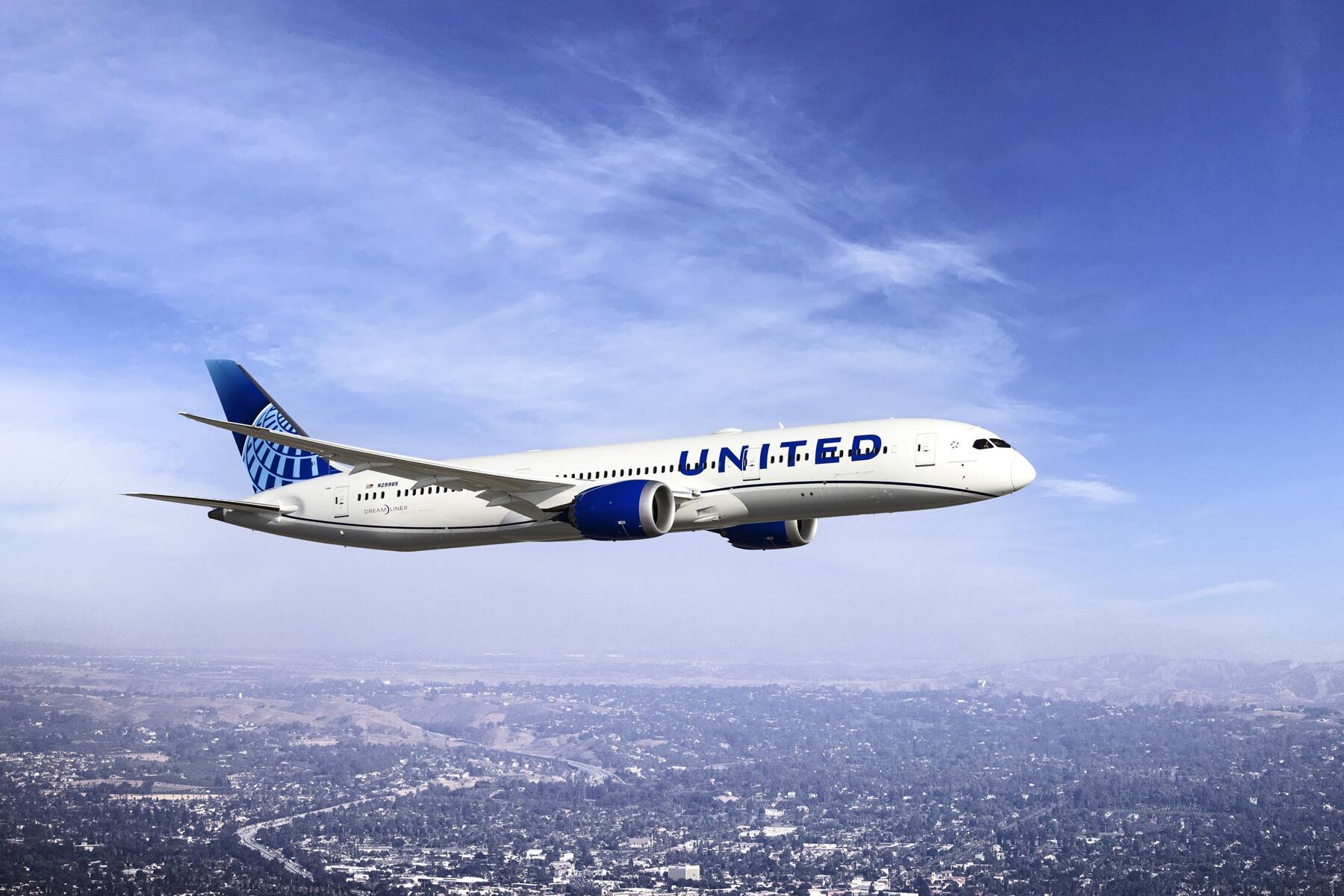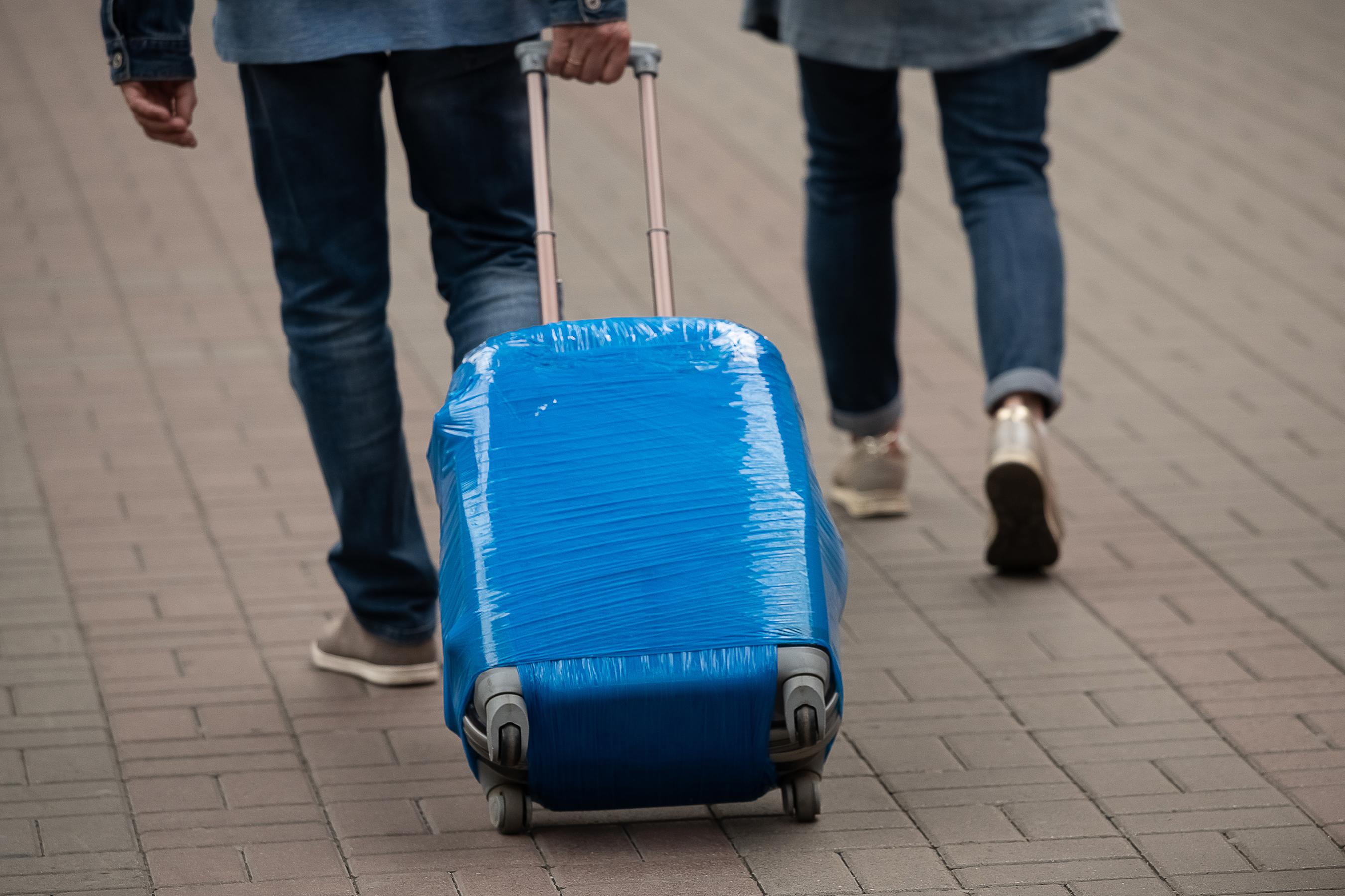Wrap your luggage in plastic before putting it on a plane costs money and looks odd, but there are plenty of reasons to say yes.
It may feel dorky to walk through an airport with a suitcase wrapped in layers of clear plastic, but international travelers do it all the time. We’ll take you through the pros and cons of wrapping your luggage and unravel the mystery of how wrapped bags arrive with their layers of plastic intact even after Transportation Security Officers have looked inside.
Why You Should Wrap Your Bags
Security, safety, and suitcase longevity are the key reasons for wrapping luggage.
Security-wise, wrapping your luggage reduces the risk that someone, such as a baggage handler, will take something out of your bag. It also means there is less likelihood that any number of people with access to your luggage once it leaves your hands will be able to put something inside.
Sounds unlikely? Consider the recent news about a ring of airline and airport workers at Dallas Fort Worth International Airport who were offering to smuggle drugs, weapons and plastic explosives between airports in passengers’ checked bags.
Safety-wise, wrapping luggage in plastic lowers the chance that a worn or overstuffed suitcase will burst or pop open in transit and spill its contents before being reunited with its owner. If you’ve busted a bag’s latch or zipper while traveling, wrapping the bag will at least help you get your belongings home.
Top Picks for You
Recommended Fodor’s Video
And when it comes to suitcase longevity, wrapping a piece of checked luggage in plastic can help protect it from dings, scratches, grease, spills, snow, or rain.
Where to Get Your Bags Wrapped
Companies such as Seal & Go, Secure Wrap, and others have bag wrapping stations in the pre-security areas of many international airports. But in the United States, there are only a handful of airports where the service is offered.
Those include Miami International Airport (MIA), New York’s JFK International Airport (JFK), and Houston’s George Bush Intercontinental Airport (IAH), all operated by Secure Wrap; Fort Lauderdale – Hollywood International Airport (FLL), operated by Bags To Go; and Seattle-Tacoma International Airport (SEA), operated by Smarte Carte.
In most cases, the wrapping stations are located on the airport departure levels, near airline check-in counters. In some airports, there may be stations set up in a bag claim area and/or a rental car facility as well.
You can try wrapping your bag before you get to the airport with a roll (or three) of plastic wrap purchased at the grocery store, but don’t be surprised if an airline rejects that packaging.
How Does It Work and How Much Does It Cost?
A bag to be wrapped is set on a turntable on a special machine that takes less than a minute to wrap the bag in recyclable, non-toxic layers of plastic film.
Bag-wrapping prices may vary by bag size and location, but in the United States, expect to pay $15 or more to have a standard-sized piece of luggage wrapped. Prices rise to $22 or more for irregular-sized items such as surfboards, televisions, bicycles, and golf clubs.
What Are the Benefits?
In most cases, the price you pay to get your bag wrapped comes with some extra services and assurances.
Bags are usually weighed before they’re wrapped, giving passengers a chance to avoid over-weight charges by removing and repacking items before the bag gets to the check-in counter. (A tag on the wrapped bag records the weight, in case there’s a discrepancy at the counter scales.) Wrapping stations often sell small duffels and carry-on bags for any extra items.
Both Secure Wrap and Bags To Go also include bag tracing services and offer a limited guarantee (on top of an airlines’ payment) of up to $5,000 if a bag is lost and up to $2,000 if a bag is damaged.
Can You Wrap Your Bags Yourself?
You can try wrapping your bag before you get to the airport with a roll (or three) of plastic wrap purchased at the grocery store, but don’t be surprised if an airline rejects that packaging. Many airports and airlines have invested millions of dollars to upgrade their baggage handling systems and may be concerned about a home-wrapped bag slipping on the conveyor belt or clogging up the system.
Neoprene covers that can be slipped over suitcases are sold by many baggage companies. While these can protect bags from the elements, they offer little in the way of security.
How Can Suitcases Show Up at Bag Claim Still Wrapped After TSA Has Looked Inside?
Is it magic? Spoiler alert: not really.
If a checked bag that has been wrapped needs to be opened for additional screening, a Transportation Security Office (TSO) will, of course, cut through the plastic film.
But in airports where Secure Wrap has wrapped the bag, a company employee authorized to be inside the bag screening area is standing by to re-wrap the bag and place it back on the conveyor belt and on its merry, wrapped, way.



